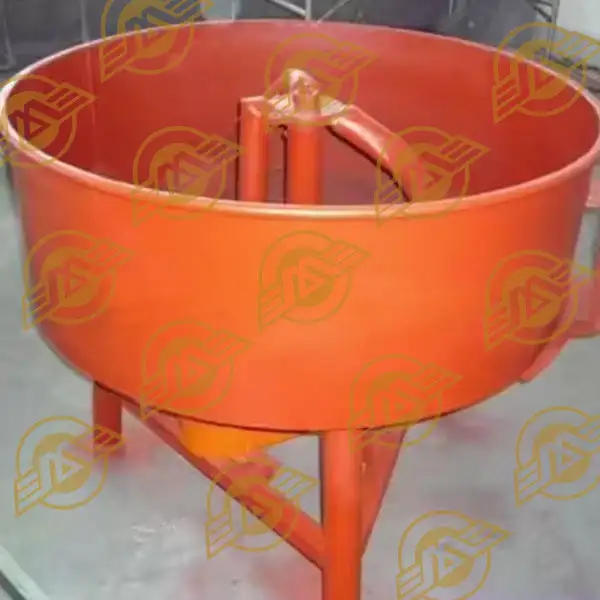What measures has Rubber Mixing Machine taken to save energy and protect the environment?
2025-10-17
Table of Contents
-
Introduction: The Green Revolution in Rubber Mixing
-
Core Energy-Saving Technologies and Parameters
-
Environmental Protection Features
-
Tangible Benefits for Your Business
-
Frequently Asked Questions (FAQ)
1. Introduction: The Green Revolution in Rubber Mixing
The rubber industry is undergoing a significant transformation, driven by global demands for sustainability and operational efficiency. Modern manufacturing is no longer just about output; it's about responsible production. At the heart of this green revolution is the advanced Rubber Mixing Machine. These machines are no longer the power-hungry, high-waste behemoths of the past. Through innovative engineering, they have become models of efficiency, significantly reducing their carbon footprint while enhancing productivity and product quality. This article details the specific measures and technical parameters that make the contemporary Rubber Mixing Machine a cornerstone of eco-friendly and cost-effective manufacturing.
2. Core Energy-Saving Technologies and Parameters
The energy efficiency of a modern Rubber Mixing Machine is achieved through a multi-faceted approach, targeting the most significant areas of power consumption.
-
High-Efficiency Drive Systems: Replacing traditional constant-speed motors with Variable Frequency Drive (VFD) systems is a game-changer. VFDs allow the motor speed to precisely match the mixing cycle's demands, eliminating the energy waste associated with running at full power constantly.
-
Optimized Rotor Design: The rotors are the heart of the mixer. Advanced CAD/CAM and simulation technologies are used to create rotor geometries that ensure superior dispersion and distribution of ingredients with less mechanical resistance and shorter cycle times, directly translating to lower energy consumption per batch.
-
Advanced Heating and Cooling Systems: Precision temperature control is critical for compound quality. Modern systems use optimized thermal oil circuits or double-shell cooling designs that maximize heat transfer efficiency, reducing the energy required to achieve and maintain the target temperature.
Technical Parameters Table:
| Feature | Traditional Machine | Modern Energy-Saving Machine | Benefit |
|---|---|---|---|
| Drive System | Constant Speed Motor | Variable Frequency Drive (VFD) | Reduces energy consumption by up to 20-30% by matching power to load. |
| Power Consumption | ~0.45 kWh/kg | ~0.32 kWh/kg | Directly lowers electricity costs per batch. |
| Mixing Cycle Time | Standard Duration | Reduced by 10-15% | Higher throughput with the same or less energy input. |
| Cooling Efficiency | Standard Water Cooling | High-Efficiency Plate Heat Exchanger | Faster cooling, less water usage, and reduced energy for water chilling. |
3. Environmental Protection Features
Beyond saving energy, these machines incorporate features that directly minimize environmental impact.
-
Zero-Leakage Sealing Systems: Advanced labyrinth seals or hydraulic sealing systems are employed to completely prevent the leakage of oil, grease, or rubber dust. This protects the factory environment, prevents product contamination, and eliminates soil and water pollution risks.
-
Integrated Dust Extraction Ports: The mixing chamber is designed with strategically placed ports that connect directly to centralized dust collection systems. This effectively captures carbon black and other powdered raw materials, improving air quality, protecting worker health, and allowing for the recycling of materials.
-
Noise Reduction Enclosures: Full or partial acoustic enclosures are fitted to dampen operational noise. This creates a safer and more comfortable working environment and complies with strict industrial noise pollution regulations.
Key Environmental Specifications List:
-
Leakage Prevention: Certified IP66 rating on seals for complete dust and liquid ingress protection.
-
Dust Emission: < 1 mg/m³ when connected to a standard filtration system.
-
Noise Level: Operating noise level below 75 dB(A) at 1 meter distance.
-
Material Efficiency: Precision weight and feeding systems reduce raw material waste by over 2%.
4. Tangible Benefits for Your Business
Investing in an energy-efficient and environmentally friendly Rubber Mixing Machine is not just an ethical decision; it's a strategic business one. The direct reduction in electricity consumption leads to substantially lower operational costs. Reduced waste of raw materials further boosts the bottom line. Furthermore, compliance with international environmental, health, and safety standards becomes seamless, enhancing your company's reputation and opening doors to new, sustainability-focused markets. The reliability and precision of these machines also ensure consistent, high-quality rubber compound output, reducing rejects and increasing customer satisfaction.
5. Frequently Asked Questions (FAQ)
Q1: What is the typical payback period for the higher initial investment in an energy-efficient Rubber Mixing Machine?
The payback period can vary based on local energy costs and production volume, but most of our clients see a return on investment within 18 to 36 months through dramatic savings on electricity bills and reduced material waste.
Q2: Can these energy-saving features be retrofitted onto our existing older mixing machines?
While some components like VFDs can sometimes be retrofitted, the full spectrum of benefits is best achieved with a new machine. The integrated design of rotors, cooling channels, and seals in a modern machine ensures all components work in harmony for maximum efficiency, which is difficult to replicate with a retrofit.
Q3: How does the machine contribute to a safer working environment?
The combination of near-zero dust emissions, significantly lower operational noise, and leak-free operation creates a much cleaner, quieter, and safer workspace. This reduces health risks for operators and helps companies adhere to stringent occupational safety standards.
If you are very interested in Qingdao Maoyuanfeng Industry & Trade's products or have any questions, please feel free to contact us.



